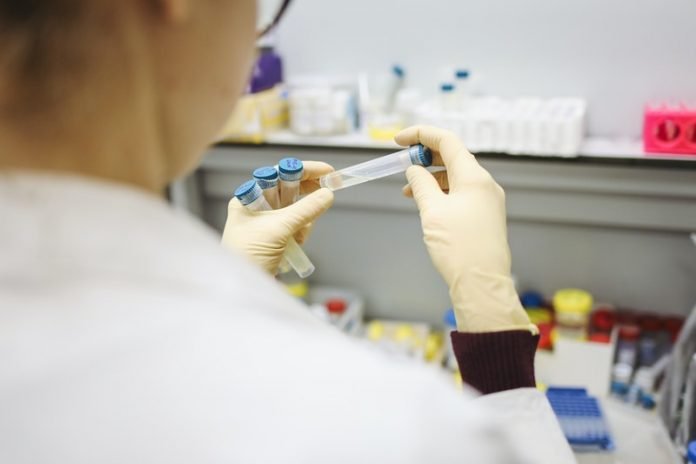
In a new study, researchers have created a new way to detect the proteins that make up the pandemic coronavirus, as well as antibodies against it.
They designed protein-based biosensors that glow when mixed with components of the virus or specific COVID-19 antibodies.
This breakthrough could enable faster and more widespread testing in the near future.
The research was conducted by a team at the University of Washington.
To diagnose coronavirus infection today, most medical laboratories rely on a technique called RT-PCR, which amplifies genetic material from the virus so that it can be seen.
This technique requires specialized staff and equipment. It also consumes lab supplies that are now in high demand all over the world.
Supply-chain shortfalls have slowed COVID-19 test results in the United States and beyond.
In the study, the team aimed to find a way to directly detect coronavirus in patient samples without the need for genetic amplification.
They used computers to design new biosensors. These protein-based devices recognize specific molecules on the surface of the virus, bind to them, then emit light through a biochemical reaction.
Antibody testing can reveal whether a person has had COVID-19 in the past. It is being used to track the spread of the pandemic, but it , too, requires complex laboratory supplies and equipment.
The team also created biosensors that glow when mixed with COVID-19 antibodies.
They showed that these sensors do not react to other antibodies that might also be in the blood, including those that target other viruses.
This sensitivity is important for avoiding false-positive test results.
The team found that these new sensors can readily detect virus proteins or antibodies in simulated nasal fluid or donated serum.
The next goal is to ensure they can be used reliably in a diagnostic setting.
Beyond COVID-19, the team also showed that similar biosensors could be designed to detect some forms of breast cancer and other cancers, as well as a bacterial toxin and antibodies that target the Hepatitis B virus.
One author of the study is David Baker, a professor of biochemistry.
The study is published in Nature.
Copyright © 2021 Knowridge Science Report. All rights reserved.



